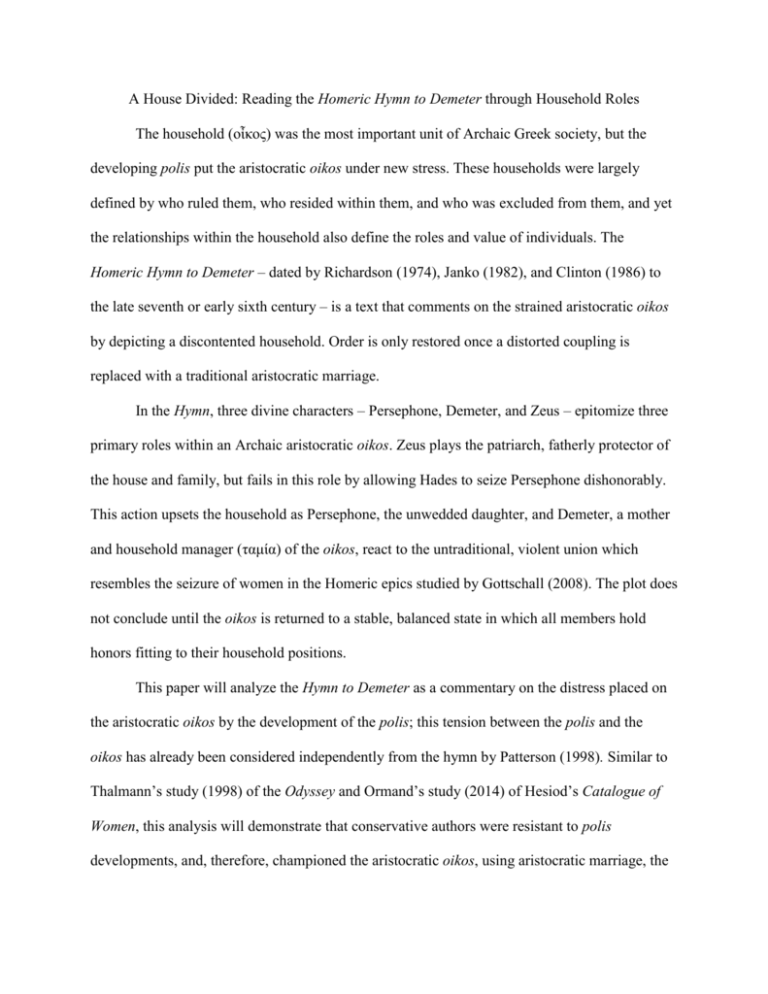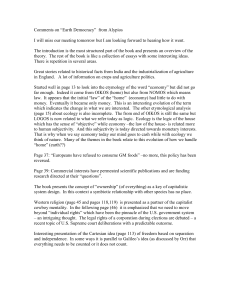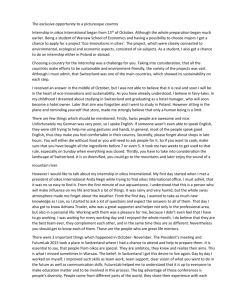Homeric Hymn to Demeter
advertisement

A House Divided: Reading the Homeric Hymn to Demeter through Household Roles The household (οἶκος) was the most important unit of Archaic Greek society, but the developing polis put the aristocratic oikos under new stress. These households were largely defined by who ruled them, who resided within them, and who was excluded from them, and yet the relationships within the household also define the roles and value of individuals. The Homeric Hymn to Demeter – dated by Richardson (1974), Janko (1982), and Clinton (1986) to the late seventh or early sixth century – is a text that comments on the strained aristocratic oikos by depicting a discontented household. Order is only restored once a distorted coupling is replaced with a traditional aristocratic marriage. In the Hymn, three divine characters – Persephone, Demeter, and Zeus – epitomize three primary roles within an Archaic aristocratic oikos. Zeus plays the patriarch, fatherly protector of the house and family, but fails in this role by allowing Hades to seize Persephone dishonorably. This action upsets the household as Persephone, the unwedded daughter, and Demeter, a mother and household manager (ταμία) of the oikos, react to the untraditional, violent union which resembles the seizure of women in the Homeric epics studied by Gottschall (2008). The plot does not conclude until the oikos is returned to a stable, balanced state in which all members hold honors fitting to their household positions. This paper will analyze the Hymn to Demeter as a commentary on the distress placed on the aristocratic oikos by the development of the polis; this tension between the polis and the oikos has already been considered independently from the hymn by Patterson (1998). Similar to Thalmann’s study (1998) of the Odyssey and Ormand’s study (2014) of Hesiod’s Catalogue of Women, this analysis will demonstrate that conservative authors were resistant to polis developments, and, therefore, championed the aristocratic oikos, using aristocratic marriage, the source of noble lineages, as a symbol for the Archaic oikos-system. Building on the work of DeBloois (1997), the marriage of the hymn will be shown as a dishonorable capture turned traditional aristocratic marriage. Bibliography Clinton, K. 1986. “The Author of the Homeric Hymn to Demeter.” Opuscula Atheniensia 16: 4349. DeBloois, N. 1997. “Rape, Marriage, or Death? Gender Perspectives in the Homeric ‘Hymn to Demeter.’” Philological Quarterly 76.3: 245-62. Gottschall, J. 2008. The Rape of Troy: Evolution, Violence, and the World of Homer. Cambridge: Cambridge University Press. Janko, R. 1982. Homer, Hesiod and the Hymns: Diachronic Development in Epic Diction. New York: Cambridge University Press. Ormand, K. 2014. The Hesiodic Catalogue of Women and Archaic Greece. Cambridge: Cambridge University Press. Patterson, C. B. 1998. The Family in Greek History. Cambridge: Harvard University Press. Richardson, N. J. 1974. The Homeric Hymn to Demeter. New York: Oxford University Press. Thalmann, W. G. 1998. The Swineherd and the Bow: Representations of Class in the “Odyssey.” Ithaca: Cornell University Press.











